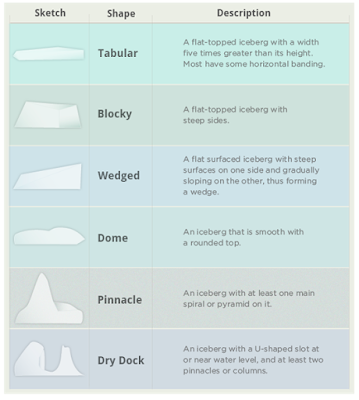We will begin our time together as we live the life of a lighthouse keeper overlooking “Iceberg Alley”.
Price of Workshop: $4885CDN
Photographic Leader(s): Kevin Pepper and Len Silvester
Maximum Number of attendees: 7
Deposit to secure space in workshop: $750CDN
What is Included:
10 day workshop with 9 nights’ accommodation (including 3 at Quirpon
Lighthouse Inn and 2 at Cape Anguille Lighthouse Inn). 5 breakfasts,
daily snacks, juice and water, 5 dinners. Western Brook Pond boat tour.
All park and site passes. Transportation.
What is not included: anything not mentioned as included, alcohol, International airfare, items of personal nature, travel insurance.
Arrival
should be early afternoon on June 21st and departure times after 2pm on
June 30th from Deer Lake Airport in Newfoundland.
Imagine the feel the salt spray in your face as you journey out to remote Quirpon Island amidst the dolphins and whales. As you land in the cove, imagine you are returning home to the sod huts, thousands of years old, which lay undisturbed here. Forge a link with ancient humans as you stand in the remains of their huts overlooking the cove and picture the tiny beach coming to like as it was eons ago.
This is your home for
three days. It lies atop the cliffs at the northern tip of this deserted
island. The contrast of the rugged beauty of the island and the cozy
luxury of Quirpon Lighthouse Inn will bring back your childhood feelings
of laying by the fire as a storm raged outside. Imperceptibly your
priorities in life will shift as you become part of the primal
connection between humans and the remote reaches of the sea.
You are now in the best spot on earth to visit with whales and icebergs. At dawn, be certain and capture them through your lens while you introduce yourself to your only neighbors – the whales migrating past your doorstep. An abandoned fishing village near the lighthouse will just be one of many hiking destinations at Quirpon. Learn of the tragic but romantic mass murder and suicide that inevitably lead to its demise.
You are now in the best spot on earth to visit with whales and icebergs. At dawn, be certain and capture them through your lens while you introduce yourself to your only neighbors – the whales migrating past your doorstep. An abandoned fishing village near the lighthouse will just be one of many hiking destinations at Quirpon. Learn of the tragic but romantic mass murder and suicide that inevitably lead to its demise.
View the “vast cathedrals of ice”. On sunny days they appear lit from inside. On dull days other senses take over as they seem to grow in size. Their chilling effect spreads to your mind and you feel a timeless empathy for sailors who have dreaded these giants for a millennium.
Europeans first arrived in North America 500 years before Columbus. These Vikings settled in the UNESCO World Heritage Site of L’anse aux Meadows. As you visit, one question will fill your mind- Why here? Be sure to ask resident Vikings who work here today. Join them in their huts and sample cuisine from ten centuries ago.
From here we head south along the Viking Trail. If you think the shoreline to this point has been spectacular, wait until your boat tour of Western Brook Pond in Gros Morne. This landlocked fjord was left as a slash in the cliffs when the last ice age ended. 2000 vertical faces slowly come together as your journey on the purest lake in the world. This voyage is guaranteed to give you memories to savor back in the real world. Afterwards, stretch your legs on a valley of ancient earth’s mantle that has made this park a UNESCO World Heritage Site. The landscape evokes images of the moon more than the earth, but this geological wonder has its own charms. You will enjoy it from sun up to sun down through the lens.
Last
year we hiked the hills and coastline around the lighthouse and
surrounding villages. We’re certain all hikers will find enjoyable
terrain and spectacular views. Fortunately for those that aren’t
interested in the idea of hiking, the beauty of the sea and the sounds
of the birds start at the doorstep and a gentle seaside path starts at
our lawn.
Contact me to reserve your spot. Email me through our Contact Us Page or email Kevin at kevinapepper@outlook.com








